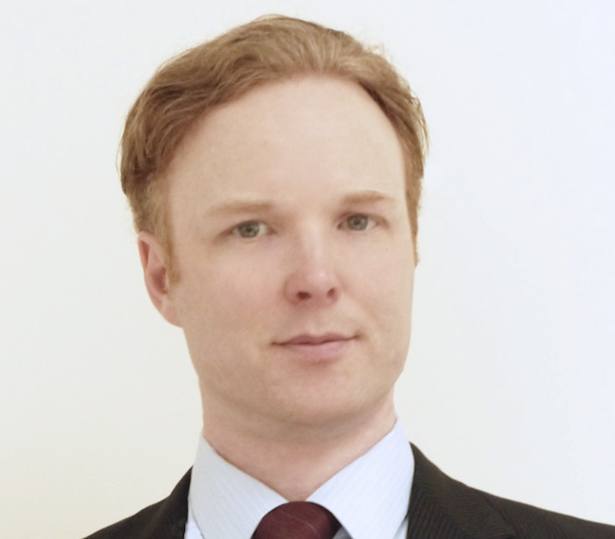When Defaqto started collecting data, not only were many DFMs reluctant to reveal their charging structure but they genuinely could not comprehend why we, and by inference advisers, would want to know.
While most DFMs are now fairly clear on the costs associated with their MPS solutions, there is still a little way to go before full compliance with Mifid ll is achieved.
But MPS solutions can, in the main, be compared on a like-for-like basis with their peers as well as fund of fund alternatives.
Access to information, from charges through to asset allocation, means that other comparisons can be made.
Risk rating portfolios for instance, means that advisers can much more easily incorporate MPS selection into their workflows.
There is a temptation to greet all new regulation with resistance and cynicism, but for advisers previously suspicious of the opaque nature of DFM charging this represents phenomenal progress, and sends a clear message to the investment community that DFMs have arrived and are here to stay.
Spoilt for choice
The final guidance (FG 12/16) was issued in July 2012 and included the following actions for firms conducting replacement business:
- consider the needs and objectives of its target clients when designing or adopting a central investment proposition (CIP);
- ensure that it is not ‘shoe-horning’ clients into the CIP.
In a nutshell this basically means the ‘one size fits all’ approach is not good enough.
In response to this, the scope of MPS solutions has broadened significantly as DFMs have taken on more clients and increased assets under management.
The average number of portfolios available through each MPS solution now stands at 10. In addition, ranges have expanded beyond the standard low, medium and high risk. We now see ranges more granular in terms of risk, allowing more targeted judgements on suitability from advisers.
Advisers can now expect to see income and growth ranges and perhaps even a passive range too.
Of the 142 MPS solutions Defaqto collects data on, 11 are classified as entirely passive, with a further 31 offering passive as well as active strategies. We expect the choice of portfolios to continue to grow.
Doing the right thing
Ethical and environmental, social and governance (ESG) strategies seem to be gaining traction, and are looking to throw off the ‘niche’ label.
Clients with ethical requirements or those wishing to exclude specific investments for whatever reason have traditionally been steered down the ‘bespoke’ route, but these requirements can now often be met through an MPS portfolio.
At the time of writing, 23 per cent of all MPS propositions listed on Defaqto offered an ethical strategy, some with a considerable range. This is up from 19 per cent at the end of 2015.
With investors of all ages becoming increasingly aware of social and environmental impacts, this is an area where we see potential for growth.






